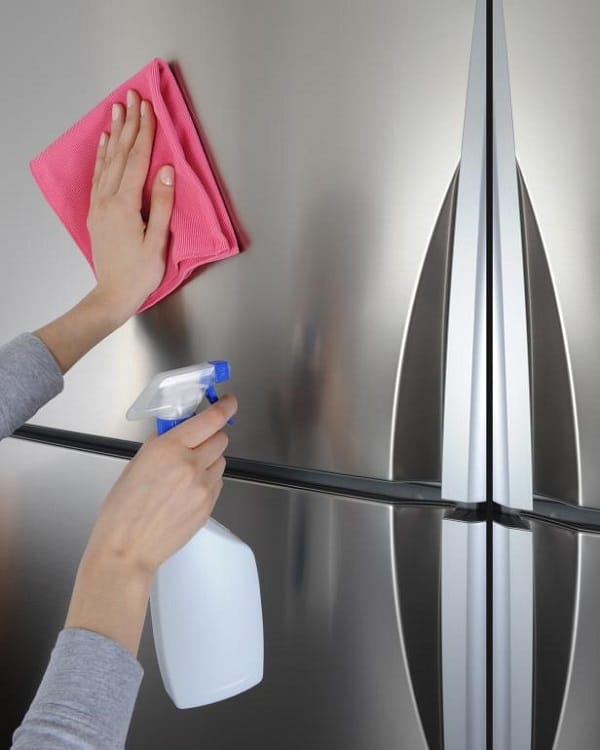The age-old debate of aluminum vs stainless steel pans often arises when crafting the perfect pizza. As home bakers and pizza enthusiasts seek to achieve that coveted crispy crust, the choice of pan material becomes crucial. Let’s explore the nuances of each option and uncover the secrets to baking perfection.
Crust Considerations: The Science of Baking Perfection
The role of a pizza pan in achieving a crispy crust cannot be overstated. The pan’s ability to transfer heat effectively is paramount in browning and crisping the bottom crust, transforming it into a delectable foundation for your favorite toppings. The material properties of the pan play a vital role in how heat interacts with the dough, influencing the outcome of your baking endeavors.
Aluminum’s Advantage: Heating Up for a Crispy Crust
Aluminum pans have long been a favorite among pizza aficionados, and for good reason. This versatile metal boasts excellent heat conductivity, promoting even heat distribution across the pan’s surface. As a result, aluminum pans excel at creating a uniformly crispy crust, ensuring that each bite delivers a satisfying crunch. Moreover, aluminum’s affordability and lightweight nature make it an accessible option for home bakers.
Stainless Steel’s Appeal: Durability and Style
For those seeking a more robust and long-lasting solution, stainless steel pans enter the fray. Renowned for their durability and resistance to warping, these pans are built to withstand the rigors of repeated use.
Stainless steel’s sleek and professional appearance adds a touch of elegance to your baking arsenal, making it an appealing choice for discerning home bakers who value both function and style.

The Browning Battle: A Tale of Two Colors
Aluminum’s superior heat conductivity can promote faster browning, allowing you to achieve a golden-hued crust in a shorter time frame. On the other hand, some bakers prefer the slower browning process associated with stainless steel, as it grants more control over the final crust color and texture.
Beyond Browning: Heat Retention and Cooking Time
Aluminum’s lighter weight may result in slightly faster pizza cooling once removed from the oven, which can be advantageous if you prefer a crisper crust. Conversely, stainless steel’s superior heat retention properties might necessitate a marginally longer cooking time, allowing the flavors to develop and meld together harmoniously.
The Seasoning Showdown: Preparing the Pan for Perfection
Before embarking on your pizza-making journey, it’s essential to consider the seasoning process for your chosen pan. Aluminum pans typically don’t require any seasoning thanks to their naturally non-stick properties.
However, some stainless steel pans may benefit from a seasoning ritual to create a non-stick surface, facilitating easier pizza release and preventing unwanted sticking.
Cleaning Considerations: Maintaining Your Pizza Pan
Once the feast is over, cleaning your trusty pan awaits. Both aluminum and stainless steel pans can be easily cleaned with soap and water, making maintenance a breeze. However, depending on the finish of your stainless steel pan, additional care may be necessary to preserve its pristine condition and prevent any scratches or blemishes from marring its surface.
Beyond the Basics: Specialty Pans and Baking Techniques
While aluminum and stainless steel reign supreme in pizza pans, it’s worth acknowledging the existence of specialty pans crafted from materials like cast iron or stone. These unconventional options offer unique cooking properties, catering to the adventurous baker seeking to explore new frontiers to perfection.
Additionally, alternative baking methods, such as a pizza stone, can yield an exceptionally crispy crust that rivals even the most revered pizzerias.
I’m Christopher, and I want to share Georgio’s story with you. This independently owned, family-operated restaurant is more than just a place to eat – it’s a labor of love. My dad and I have poured over thirty years of combined experience into this business, and it’s truly a dream come true.
When we took over Georgio’s in July 2012, our goal was to create a welcoming space where people could enjoy top-notch food and feel like part of the family. We’ve worked tirelessly to make this dream a reality, and today, Georgio’s is a thriving eatery known for its high-quality cuisine, inviting atmosphere, and unwavering dedication to customer satisfaction.
